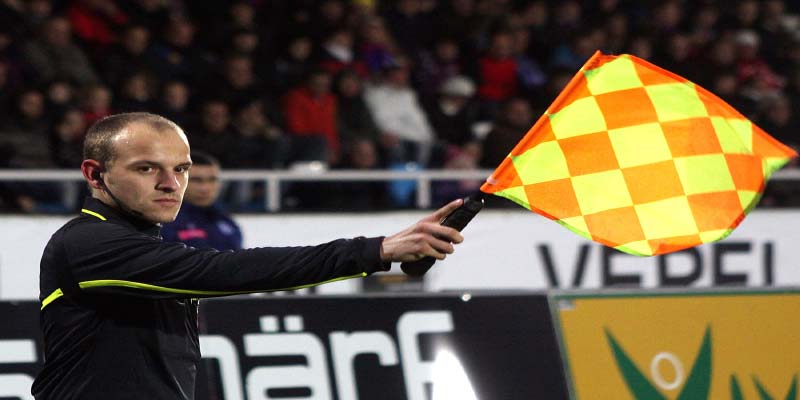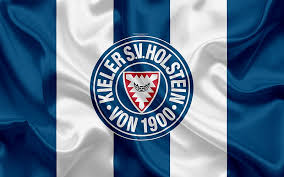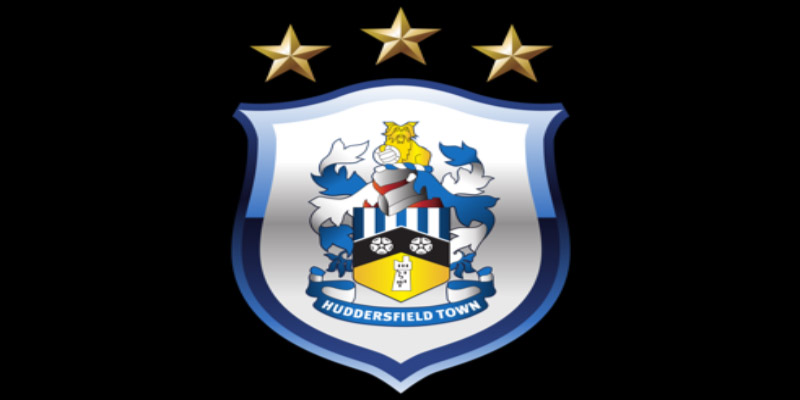The sideline in football is more than just a boundary—it’s a strategic area that can influence the course of the game. From coaching signals to crucial player interactions, the sideline impacts tactics, momentum, and results. Coaches, players, and even fans may not always recognize how this often-overlooked space shapes the game. In this post, we explore the hidden power of the sideline and its influence on every moment of the match, from the first whistle to the final play. Discover how https://fcb88.games/ insights can help you understand its game-changing role.
The Importance of Sideline for Players and Coaches
The significance of the sideline extends beyond mere boundaries; it fundamentally influences how players perform and how coaches guide those performances.
Sideline as a Strategic Element
The relationship between the sideline and strategy cannot be overstated. Coaches meticulously plan how they will use the sideline during matches to maximize their team’s strengths while exploiting opponents’ weaknesses.
For instance, certain formations may require players to keep close to the sideline, stretching the opposition and creating space for explosive attacking movements. By utilizing the full width of the pitch, teams can create mismatches and find gaps that might otherwise go unnoticed if they remain compact.
Furthermore, the sideline serves as a psychological tool. A coach’s presence on the sideline can inspire confidence in players, especially during critical moments of the game. Conversely, visible frustration displayed on the sideline can lead to uncertainty among players, affecting their performance. This interplay between strategy and psychology emphasizes the sideline’s role as a crucial component in football.
The Significance of Sideline for Substitutions
Substitutions represent a turning point in any football match, and the sideline is where these changes occur. The decision to bring on a new player can radically affect the pace and style of play.
Coaches analyze current game situations—the scoreline, player fatigue, and opponent dynamics—all from their position on the sideline. The nuances of the game often dictate whether a substitution is needed for tactical reasons, injury cover, or to provide fresh legs.
Additionally, the manner in which a substitution is executed can also impact team morale. A seamless transition from one player to another on the sideline sends a message of preparedness and teamwork. On the other hand, disorganization during a substitution can lead to confusion and disrupt momentum, emphasizing the sideline’s importance in maintaining cohesiveness.
Decisions and Interactions on the Sideline
The sideline is often where crucial decisions are made that can determine the outcomes of matches. Coaches must constantly evaluate situations and decide whether to call timeouts, adjust formations, or initiate substitutions.
Interactions between coaches and players on the sideline are equally vital. It’s here that coaches can provide instant feedback, offering corrections and motivational words that can steer a player back on track. The sideline becomes a space of dialogue—a sanctuary of learning amidst the intensity of competition.
Moreover, the chemistry developed on the sideline can translate into powerful performances on the field. Strong communication builds trust between player and coach, ensuring that decisions made during a match are not just reactive but also proactive. This synergy can lead to tactical brilliance that aligns with the overall game plan.
Sideline in Major Competitions
The sideline takes on added significance during major competitions, where the stakes are high, and every decision can spell success or failure.
Sideline in International Tournaments
In international tournaments, the pressure intensifies, and the sideline becomes a stage for emotional and strategic displays. National pride rides on the performance of teams, creating an environment where the sideline is charged with palpable tension.
Coaches of international teams often feel the weight of representing their countries on the sideline. The visibility of these high-stakes matches means that every gesture and word carries immense meaning. When a coach makes a bold decision, such as a last-minute substitution, the sideline can erupt with anticipation and hope from fans and players alike.
Additionally, the sideline becomes a focal point for media attention during these tournaments. Coaches’ reactions, body language, and interactions become subjects of analysis and debate among commentators and fans, highlighting the sideline’s role as an indicator of a team’s emotional state.
Sideline in Club Competitions
In club competitions, the dynamics of the sideline might differ, but the impact remains substantial. Clubs often have long-standing rivalries, and matches against traditional foes can heighten the atmosphere on the sideline.
Here, the sideline can serve as a battleground of wits between rival coaches. Adjustments and counter-adjustments are made in real-time, with coaches frequently engaging in tactical exchanges aimed at outsmarting each other.
Moreover, the sideline fosters continuity in club competitions, allowing coaches to implement long-term strategies over the course of a season. Building rapport with players and instilling a cohesive system becomes essential, as the sideline is where these philosophies are put to the test week after week.



